When you spot a leak, missing shingles, or damage on your roof, the first question that probably comes to mind is: can I just patch it, or do I need a full replacement?
It’s a fair question, and one that has different answers depending on your roof’s age, condition, and how widespread the damage really is.
A roof is your home’s first line of defense against water intrusion, storm damage, and heat loss. When something goes wrong, it’s important to act quickly, but just as important is making sure you’re investing in the right kind of solution.
In some cases, the cheaper solution today might be more costly in the long run. At other times, a roofing company might try to sell you a full replacement when you just need a small fix. In the business of transparency, here at Pacific Exteriors LLC we want you to be able to make informed decisions that are best for your home and budget.
Here’s what to consider when deciding between repairing your roof or replacing it altogether.
1. Roof 101: Understand the Scope of the Problem
Roof issues can range from minor and isolated, to extensive and systemic. A few missing shingles after a windstorm is a very different situation from widespread curling, soft spots, granule loss, or moss and algae across large sections of your roof.
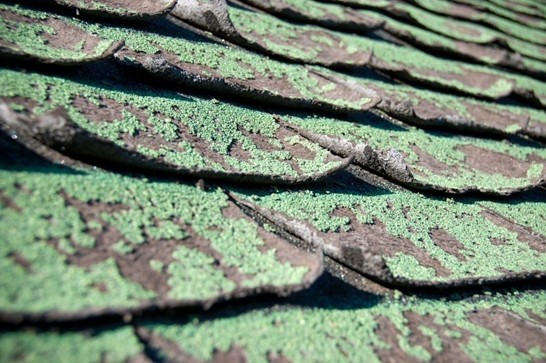
Leaks are a good example. One small leak may seem like a simple patch job, but if it's a symptom of failing underlayment or moisture buildup inside the roof decking, patching it won’t solve the real problem. It’s just a short-term fix that delays the inevitable and risks more interior damage in the meantime.
The biggest question mark is often what lies beneath. When you’re looking at the surface of your roof, you might not be able to see exactly what’s wrong.
A roofing professional can perform a thorough inspection to determine whether the issue is localized or part of a bigger failure. Without that clarity, you could end up spending money on repairs that don’t last or missing the opportunity to address deeper issues before they cause more expensive problems.
2. Consider the Age of Your Roof
How old your roof is plays a huge role in deciding whether to repair or replace. If your roof is reaching the end of its expected lifespan, a repair might not make much financial sense.
Most asphalt shingle roofs last around 20 to 25 years, after this, the materials may become brittle, the sealants could deteriorate and may no longer be able to keep water out reliably.
In cases like this, repairing one area may only buy you a short amount of time before another issue pops up elsewhere. Instead of investing in a patch that will need to be revisited, it’s often more cost-effective to replace the entire roof and get ahead of the ongoing issues.
On the other hand, if your roof is relatively new or still within its warranty period, a targeted repair may be all you need as long as the problem hasn’t been ignored too long or allowed to spread.
3. Evaluate the Extent of Visible Wear
Even if your roof isn’t actively leaking, visible wear can be a sign of deeper damage and a warning that it’s time to think about replacement. Look for shingles that are curling, cracked, or missing granules. These are often signs that your roof’s protective surface is breaking down, leaving it vulnerable to more damage and moisture intrusion.
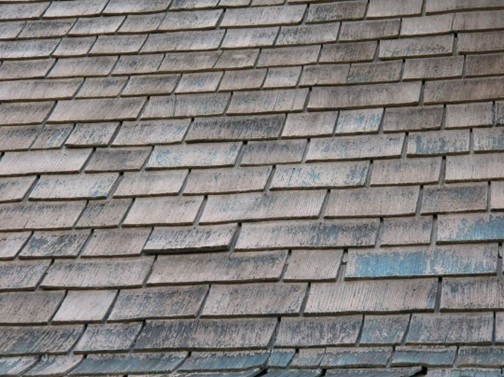
Widespread issues like this suggest that the roof as a whole is beginning to fail. At that point, repairs become less about restoring function and more about trying to extend the life of something that’s already on its last leg.
In contrast, if the majority of your roof is still in good condition and the wear is concentrated in one section (for example, around a chimney, vent pipe, or under a tree that drops debris), a targeted repair may still be effective.
4. Weigh the Cost of Repeated Repairs vs. One Replacement
It’s easy to think of a repair as the more affordable option, but that’s only true if it holds up over time. When multiple repairs start adding up, especially within a few years of each other, they can quickly outpace the cost of simply replacing the roof in the first place.
In fact, most of the homeowners we work with here at Pacific regret paying for several small repairs that failed to address the root issue—only to end up replacing the roof anyway. That’s not just an added expense, it also means more time, stress, and potential water damage from recurring problems.
Before deciding on another repair, think about how long you expect to stay in the home, how long you need the roof to last, and whether a full replacement might actually be the more strategic long-term investment.
5. When Repairs Make Sense
Despite all of this, there are absolutely times when repairing your roof is the right move.
If the damage is small, localized, and the rest of your roof is in solid condition, a repair can extend the life of your roofing system and save you money in the short term. When we evaluate a roof, common examples for a small repair include:
- A few missing or damaged shingles after a storm
- Flashing damage around chimneys or vents
- Minor leaks from isolated issues like a nail pop or cracked seal
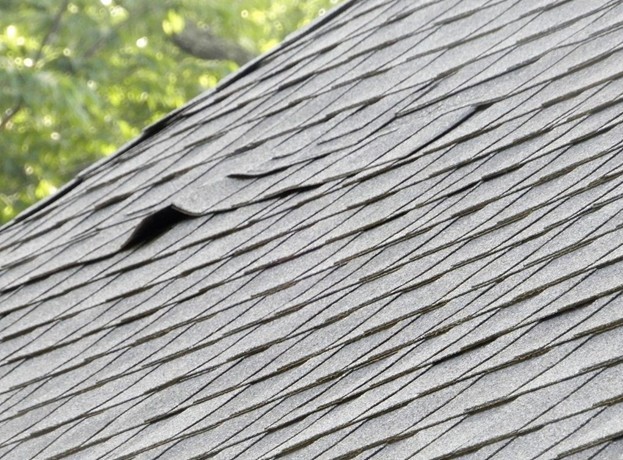
Repairs are also a smart option if your roof is relatively new and still has plenty of life left in it. Just make sure the repair is done correctly, with matching materials and proper sealing, so it doesn’t compromise the overall integrity of the system.
If you're planning to sell your home soon, a proper repair can also help you avoid raising red flags during inspection, though buyers may still prefer to see a newer roof, depending on the market.
6. Know What to Watch For Moving Forward
Whether you go with a repair or replacement, it’s important to monitor your roof going forward. Keep an eye out for signs like new water spots on your ceiling, shingle debris in your gutters, or daylight showing through your attic. These signs often point to hidden issues that are developing out of sight.
Regular roof inspections (especially after storms) are a great way to catch problems early and avoid expensive damage. Even newer roofs benefit from periodic professional checkups to ensure that flashings, sealants, and penetrations stay watertight.
7. Get a Professional Opinion Before You Decide
Ultimately, deciding whether to repair or replace your roof isn’t something you have to figure out on your own. A professional roofer can provide a detailed inspection, document any issues with photos, and give you an honest assessment of your options. They can also help you understand how long a repair might last and what risks might come with waiting on a replacement.
Every roof is different, and your home’s specific layout, climate, and history all factor into what makes the most sense. The key is making a decision based on the full picture, not just the initial price tag.
It’s also a good idea to get multiple opinions, since some contractors might not view the big picture and push you towards a repair that will be cheaper now, but will not address your full roof. The same goes for contractors who might push you into a replacement when it could be a small repair.
Invest in the Right Solution, Not Just the Quickest Fix
A roof is one of the most critical components of your home’s protection. While it’s tempting to take the fastest, least expensive route with a repair, that approach can backfire if the problem is bigger than it appears. On the other hand, replacing a roof that still has years of life left can be a waste of money.
By taking the time to understand your roof’s condition, age, and specific problems, you can make an informed decision that keeps your home protected and your costs manageable.
Whether it’s a focused repair or a full replacement, the right solution is the one that gives you lasting peace of mind. A skilled and trustworthy contractor can help guide you to the right solution.
Schedule your free inspection today, and let our experienced team give you a clear, honest assessment so you can make the best decision for your home and budget.
Subscribe to Pacific Exteriors LLC's Blog



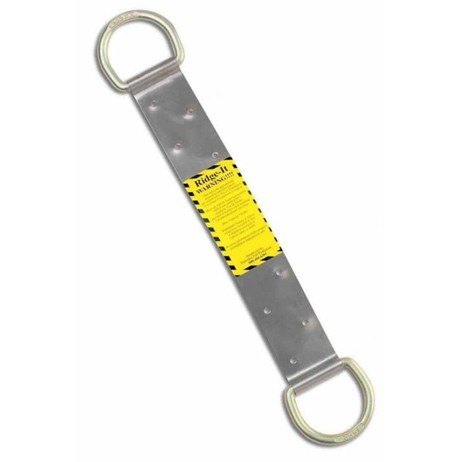
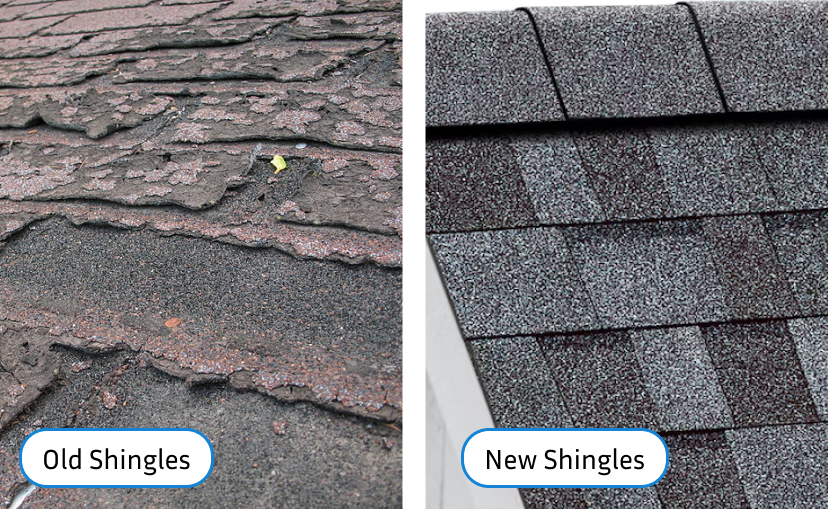

Comments